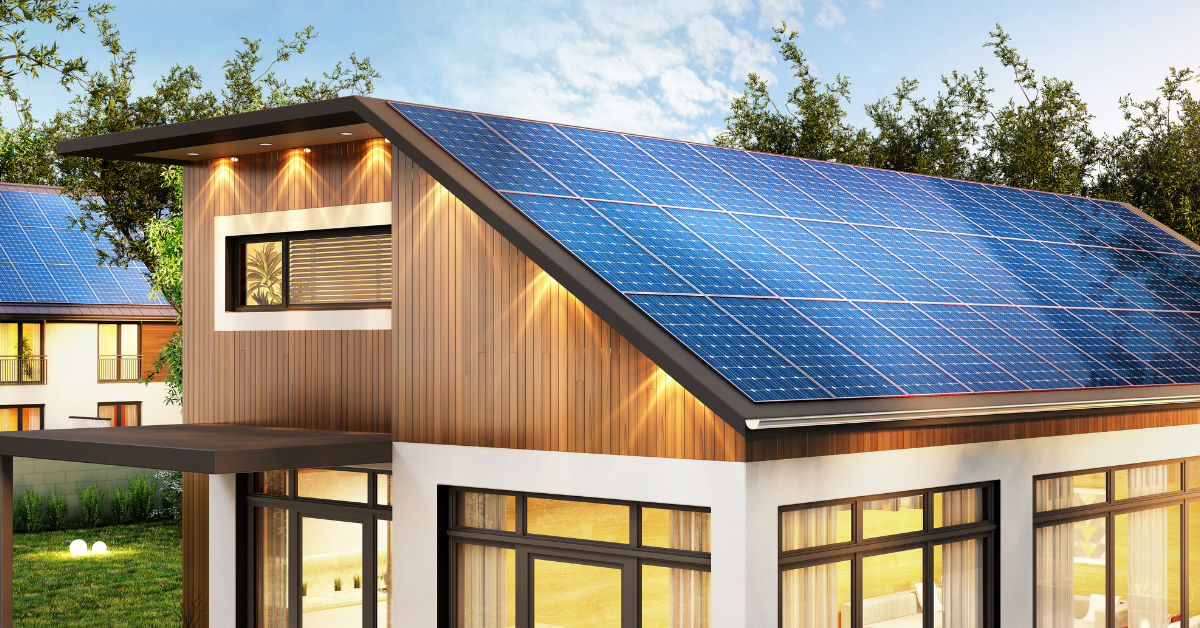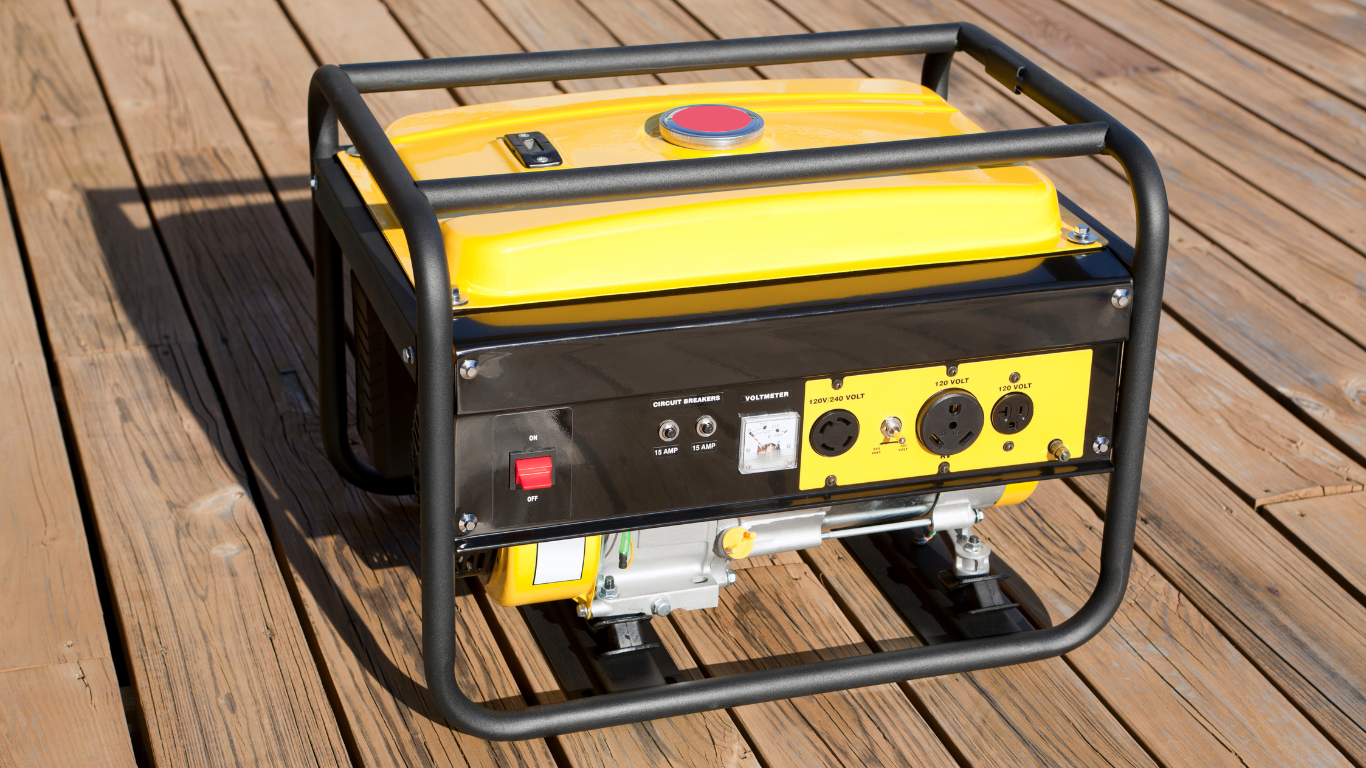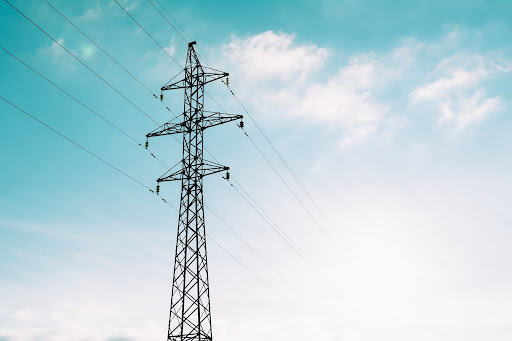Installing solar panels at home comes with many amazing benefits such as becoming energy self-sufficient and independent, long-term savings on your electricity bill, as well as reducing your carbon footprint.
But how much do solar panels cost?
In this comprehensive guide, we will explore the various factors that contribute to the cost of solar panels, enabling you to make informed decisions about your renewable energy investment.

Solar Panels Cost by State
The cost of solar panels can vary significantly from state to state due to factors like local incentives, labor expenses, and market dynamics. Below, we provide an overview of the average solar panel costs in different states across the country.
Average Solar Panel Costs by State
| State | Average Cost Range ($) |
| Alabama | $9,000 – $16,000 |
| Alaska | $11,000 – $19,000 |
| Arizona | $10,000 – $18,000 |
| Arkansas | $9,000 – $15,000 |
| California | $12,000 – $20,000 |
| Colorado | $10,000 – $17,000 |
| Connecticut | $11,000 – $19,000 |
| Delaware | $10,000 – $17,000 |
| Florida | $9,000 – $16,000 |
| Georgia | $10,000 – $17,000 |
| Hawaii | $13,000 – $22,000 |
| Idaho | $9,000 – $15,000 |
| Illinois | $10,000 – $17,000 |
| Indiana | $9,000 – $16,000 |
| Iowa | $9,000 – $15,000 |
| Kansas | $9,000 – $15,000 |
| Kentucky | $9,000 – $16,000 |
| Louisiana | $9,000 – $15,000 |
| Maine | $10,000 – $17,000 |
| Maryland | $11,000 – $18,000 |
| Massachusetts | $12,000 – $20,000 |
| Michigan | $10,000 – $17,000 |
| Minnesota | $10,000 – $17,000 |
| Mississippi | $9,000 – $15,000 |
| Missouri | $9,000 – $16,000 |
| Montana | $9,000 – $15,000 |
| Nebraska | $9,000 – $15,000 |
| Nevada | $10,000 – $18,000 |
| New Hampshire | $10,000 – $17,000 |
| New Jersey | $11,000 – $18,000 |
| New Mexico | $9,000 – $15,000 |
| New York | $11,000 – $19,000 |
| North Carolina | $10,000 – $17,000 |
| North Dakota | $9,000 – $15,000 |
| Ohio | $9,000 – $16,000 |
| Oklahoma | $9,000 – $15,000 |
| Oregon | $10,000 – $18,000 |
| Pennsylvania | $10,000 – $17,000 |
| Rhode Island | $11,000 – $18,000 |
| South Carolina | $9,000 – $16,000 |
| South Dakota | $9,000 – $15,000 |
| Tennessee | $9,000 – $16,000 |
| Texas | $10,000 – $17,000 |
| Utah | $9,000 – $15,000 |
| Vermont | $10,000 – $17,000 |
| Virginia | $10,000 – $17,000 |
| Washington | $10,000 – $18,000 |
| West Virginia | $9,000 – $15,000 |
| Wisconsin | $10,000 – $17,000 |
| Wyoming | $9,000 – $15,000 |
Please note that the cost ranges provided are approximate and can vary based on individual circumstances, system size, installation complexity, and other factors. It’s always recommended to obtain quotes from reputable solar companies specific to your location for accurate cost estimates.
Cost and Comparison of Solar Panel Types
Different solar panel types offer unique advantages and considerations. Let’s explore the practical pros and cons of each type relative to the others.
Monocrystalline Solar Panels
Pros: High efficiency, sleek appearance, perform well in low-light conditions.
Cons: Higher cost compared to other types, production process involves more energy.
Polycrystalline Solar Panels
Pros: Lower cost compared to monocrystalline, perform well in high-temperature environments.
Cons: Slightly lower efficiency compared to monocrystalline, larger physical footprint.
Thin-Film Solar Panels
Pros: Flexible, lightweight, suitable for unconventional installations and curved surfaces. Generally lower cost.
Cons: Lower efficiency compared to crystalline panels, larger space requirements.
Solar Panels Cost by Type
| Panel Type | Cost Range ($) | Pros | Cons |
| Monocrystalline | $12,000 – $20,000 | High efficiency, sleek appearance | Higher cost, more energy-intensive production process |
| Polycrystalline | $10,000 – $18,000 | Lower cost, perform well in high temperatures | Slightly lower efficiency, larger physical footprint |
| Thin-Film | $8,000 – $14,000 | Flexible, lightweight, suitable for curved surfaces, lower cost | Lower efficiency, larger space requirements |
Solar Panels Cost by Size
The size of the solar panel system is another critical factor influencing its cost. Different system sizes cater to varying energy needs and objectives. Let’s explore the common system sizes and their practical applications.
The price ranges listed below typically include:
- Equipment: This includes the cost of solar panels, inverters, wiring, mounting hardware, and other necessary components for the solar system.
- Basic Installation: The cost range covers the standard installation labor involved in mounting the solar panels, connecting the wiring, and integrating the system with your electrical setup.
However, the cost ranges may not necessarily include the following additional expenses:
- Permitting and Inspection Fees: Depending on your location, you may be required to obtain permits and pay associated fees for the installation of solar panels. These costs can vary and are typically not included in the initial cost range.
- Custom Installation or Upgrades: If your installation requires additional custom work or upgrades, such as roof reinforcements or electrical system modifications, the cost may go beyond the initial range.
- Other Ancillary Costs: There may be other incidental costs, such as engineering assessments, site surveys, or grid connection fees, that are not explicitly included in the initial cost range.
Small System (3-5 kW)
- Description: Suitable for smaller homes or those looking to dip their toes into solar energy.
- Cost Range: $8,000 – $15,000
Medium System (6-9 kW)
- Description: Ideal for average-sized homes, providing substantial energy generation capabilities.
- Cost Range: $12,000 – $22,000
Large System (10-15 kW)
- Description: Suited for larger homes or households with higher energy consumption requirements.
- Cost Range: $18,000 – $30,000
Solar Panels Cost by System Size
| System Size (kW) | Cost Range ($) | Suitable for |
| 3-5 | $8,000 – $15,000 | Suitable for small to medium-sized households |
| 6-9 | $12,000 – $22,000 | Suitable for medium to large-sized households |
| 10-15 | $18,000 – $30,000 | Suitable for larger households or commercial applications |
Solar Panel Installation Cost
The installation cost involves various factors such as labor, equipment, roof type, and complexity of the project.

Labor and Equipment
- Description: Labor costs vary based on the size and complexity of the installation. Additional equipment like mounting systems and inverters also contribute to the overall expense.
- Cost Range: Equipment generally accounts for 40-60% of the total system cost, while labor generally accounts for 20-30% of the total system cost.
Permitting and Inspection Fees
- Description: Local regulations may require permits and inspections, incurring additional fees.
- Cost Range: Varies by location.
Other Relevant Factors Affecting Solar Panel Cost
Apart from the factors mentioned above, several other elements can influence the overall cost of solar panels:
Government Incentives and Tax Credits
Incentives and tax credits can significantly offset the installation and system costs. Research and consider available programs at the federal, state, and local levels.
Battery Storage
Including battery storage for backup power or off-grid capabilities will increase the total cost but provide added benefits in terms of energy independence.
Maintenance and Warranty
While solar panels generally require minimal maintenance, considering warranty coverage and maintenance costs upfront is essential for long-term savings.
In Conclusion…
Understanding the cost of solar panels involves considering multiple factors, including state variations, panel types, system sizes, installation expenses, and other relevant aspects.
By analyzing these factors and exploring available incentives, you can make informed decisions regarding your solar energy investments. Remember to consult with reputable solar providers, compare quotes, and evaluate the long-term benefits when considering the cost of solar panels.
Taking The Next Steps
Now that you have a better understanding of how much solar panels cost, make sure to follow the following steps to simplify the process of installing a solar panel system in your home.
- Research and Educate Yourself:
Familiarize yourself with solar energy and its benefits. Understand your energy needs and assess the feasibility of solar power for your property.
- Seek Multiple Quotes:
Request quotes from reputable solar companies. Compare the cost, warranties, system size recommendations, and customer reviews.
- Evaluate Financing Options:
Explore financing options like solar loans, leases, or power purchase agreements (PPAs). Consider the financial implications and choose the option that aligns with your goals.
- Engage with a Certified Installer:
Select a certified solar installer with experience in your area. Ensure they handle the necessary permits, installation, and help with connecting the system to the grid.
Are solar panels not a great fit for your home, or just a bit too pricey? Another great way you can prepare for power outages and generate your own electricity at a more affordable price is getting an electricity generator.





